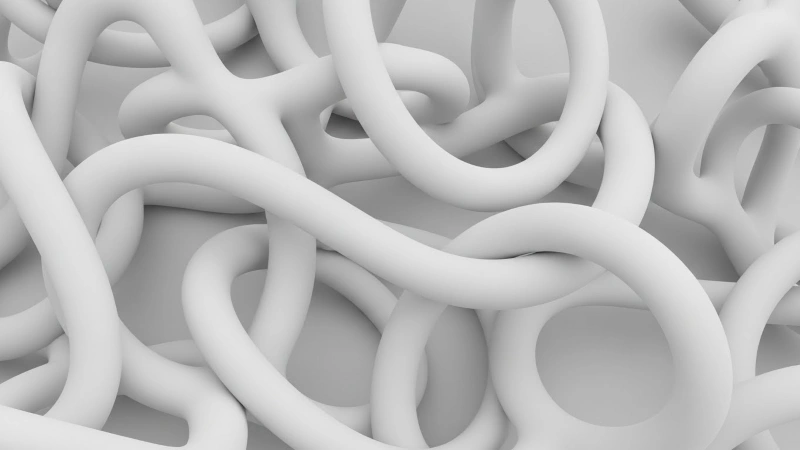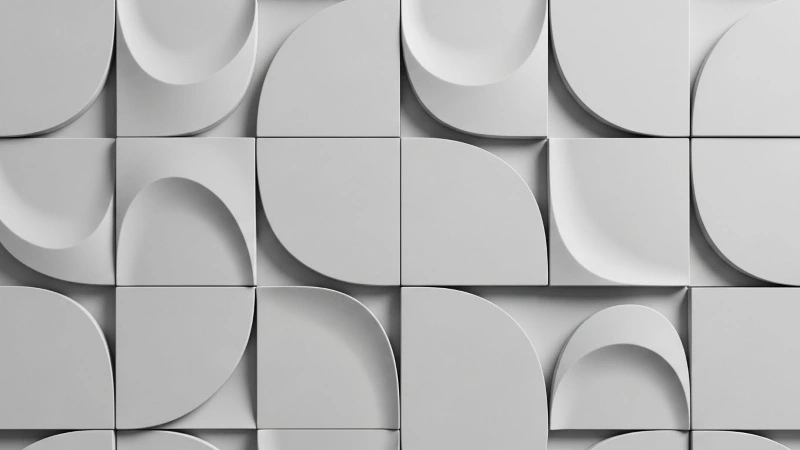
When you’re looking to transform your business space, whether it’s an office, retail store, or hospitality venue, working with a commercial interior designer can make a significant difference. From creating a functional workspace to enhancing aesthetics, a commercial interior designer ensures that your vision is brought to life while aligning with practical business needs.
This article will guide business owners and managers on what to expect when working with a commercial interior designer, from the initial consultation to the final design implementation.
Commercial interior design focuses on designing functional, efficient, and aesthetically pleasing spaces for businesses. Unlike residential design, which prioritizes comfort and personal style, commercial interior designs aim to enhance productivity, improve customer experiences, and represent a company’s brand identity.
Whether you are setting up a corporate office, a retail store, or a restaurant, commercial interior designers bring expertise in layout planning, furniture selection, lighting, and decor that helps businesses meet their specific needs.

They play a pivotal role in shaping the environments where businesses operate. They go beyond aesthetics and create spaces that are functional, welcoming, and aligned with the company’s goals.
The work of a commercial interior designer can influence employee productivity, improve customer satisfaction, and contribute to a company’s overall brand image. Whether you’re redesigning an office space to improve team collaboration or creating an engaging retail environment that attracts customers, the expertise of commercial interior designers is invaluable.
A commercial interior designer is responsible for designing and coordinating the layout, furnishings, and overall aesthetics of a commercial space. Their duties involve understanding the client’s business goals, designing spaces that reflect these goals, and ensuring that all elements work together harmoniously. Some of the tasks a commercial interior designer handles include:
Hiring a commercial interior designer is an investment that can bring numerous benefits to your business:
Cost Savings: Designers can help you avoid costly mistakes by managing budgets effectively and sourcing materials within your financial constraints.
The first step when working with a commercial interior designer is the initial consultation. During this meeting, the designer will get to know your business, your needs, and your vision for the space. This is an opportunity for you to discuss your goals, budget, and any preferences you may have. The designer will assess the existing space and take note of any challenges or opportunities for improvement.
From this conversation, the designer will begin to develop a deeper understanding of how to best serve your needs and transform your vision into a tangible design concept.
After the initial consultation, the designer will begin creating design concepts tailored to your business. This phase involves brainstorming ideas, sketching layouts, and selecting materials and colors. A detailed design proposal will be developed, including design mockups, material samples, and estimated costs. This phase may involve several revisions based on your feedback until you feel confident in the direction of the design.
Once the design concept is agreed upon, the designer will work with you to establish a clear project budget. They will also define the project scope, ensuring that all tasks, timelines, and deliverables are understood. Designers have a strong understanding of cost-effective solutions and can help you stay within budget without sacrificing quality. They will also identify areas where cost savings can be achieved through smart design choices.
Commercial interior designers often collaborate with other professionals such as contractors, architects, electricians, and HVAC specialists. Their role is to ensure that all elements of the design are implemented correctly and that the project runs smoothly. This collaborative approach ensures that all technical aspects of the design are met while keeping the aesthetic vision intact.
Once the design is finalized, the next step is selecting the materials, furnishings, and finishes that will bring the vision to life. A commercial interior designer will work with trusted suppliers and vendors to source high-quality materials that align with the design and budget. This process includes choosing everything from flooring and wall finishes to furniture and decor items.

During the design implementation phase, the commercial interior designer will oversee the installation and execution of the design plan. They will coordinate with contractors, suppliers, and other professionals to ensure the project is completed on time and to specification. The designer will also monitor the construction or renovation process to address any issues that arise and ensure the design is brought to life as intended.
Throughout the design implementation, unexpected challenges may arise, such as delays, budget adjustments, or changes in scope. A professional commercial interior designer is adept at handling these challenges and making necessary adjustments to keep the project on track. Their experience in project management allows them to quickly solve problems and find solutions that maintain the integrity of the original design.
Commercial interior design firms bring a wealth of expertise and creative solutions to the table. Their knowledge of design principles, materials, and trends allows them to create innovative spaces that meet your business needs. They also have access to the latest design technologies and resources, ensuring that your space is both functional and aesthetically pleasing.
Working with a commercial interior design firm can save you valuable time and money. Designers have a network of trusted vendors and contractors, which allows them to source materials and services at competitive prices. They also manage the project from start to finish, ensuring that the design is implemented smoothly and within budget.
Your business space is often the first impression clients and customers have of your company. A well-designed commercial space not only enhances the customer experience but also reinforces your brand identity. Commercial interior designers create spaces that align with your brand values and improve how your business is perceived by clients, employees, and visitors.
When hiring a commercial interior designer, it’s important to choose a professional whose style and expertise align with your business’s needs. Look for a designer who has experience working with businesses similar to yours and who understands your industry’s requirements. A good commercial interior designer should be able to understand your goals and work with you to create a functional, aesthetically pleasing space.
Before hiring a commercial interior design firm, review their portfolio to see past projects and ensure their style matches your vision. A firm with experience in designing spaces for your specific business type will better understand the challenges and opportunities unique to your space.
Working with a commercial interior designer is an investment in the functionality, aesthetics, and overall success of your business space. From the initial consultation to the final design execution, you can expect a process that involves collaboration, creativity, and careful project management. By partnering with a professional, you ensure that your space is designed to meet both your business needs and your aesthetic preferences.
About the Author
With a deep understanding of what companies need to build top-performing remote teams and fully remote departments, his journey with Uptalent has been dedicated to creating exceptional remote work solutions and helping companies thrive with top-tier remote talent.
Expertise:
Explore these related articles to dive deeper into the topic and discover more insights.

How a Digital Marketing Strategist Helps You Build Effective Campaigns

5 Key Benefits of SEO Outsourcing for Digital Marketing Agencies

The Importance of a Payroll Specialist in Preventing Payroll Errors